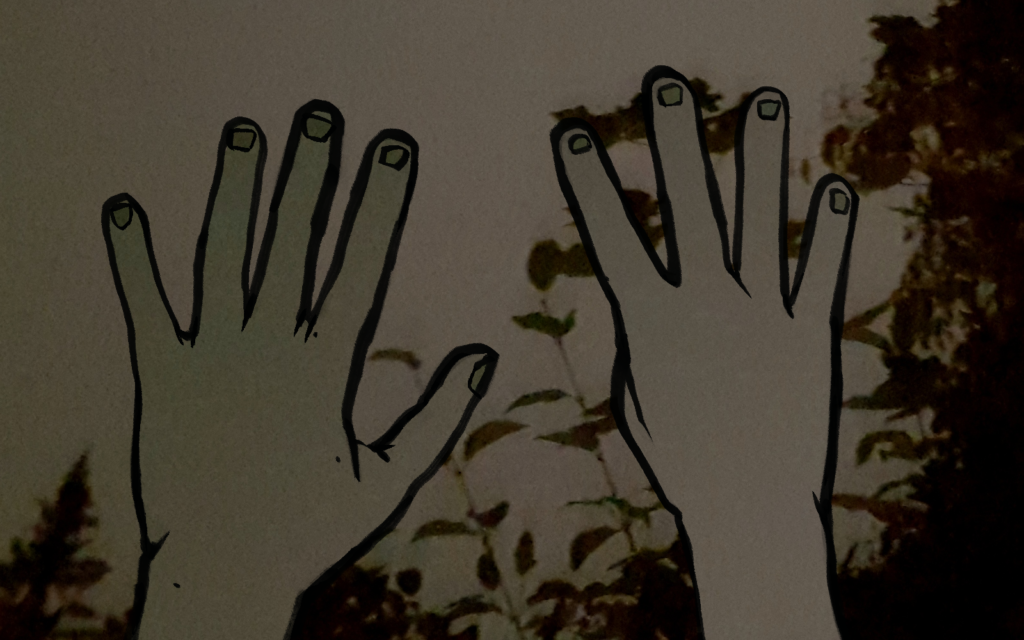The Enneagram Explained

The next theory I’d like to bring to the table is the Enneagram, which has a much more cohesively structured history than the cognitive functions. These two systems combine to provide a well-rounded understanding of your personality, since this system account for aspects such as motivations and relationships to the body and emotions.
Cognitive functions seek to explain how your brain processes and responds to stimuli, which deals with how the mind works innately. The Enneagram’s purpose is moreso about how you can recognize your strengths and weaknesses, and take the steps necessary to grow from what’s limiting you.
I don’t have much to add to this conversation description-wise, so I’ll instead use this post to give some background to my personal journey and point to different sources for how to best get started.
There are many different theorists who have lended their unique ideas to this system, which I definitely have my own opinions on. I don’t particularly like Oscar Ichazo (and Claudio Naranjo for that matter) despite him being the original creator, since his theories are very reductionistic and strangely attribute the types to personality disorders (and childhood traumas, in the case of Naranjo).
Some people would argue that this is an incorrect stance to take, but I personally believe that these theories can and should be allowed to change and grow over time. I just happen to appreciate the more current works of theorists such as Beatrice Chestnut, Don Richard Riso, and Russ Hudson for their work in shaping modern Enneagram theory.
I don’t like to give any of the types a fun little name since there should not be any sense of hierarchy among them, nor a reduction of their complexity to just one word. This is a purposeful choice, but I also personally enjoy the simplicity of the numerals since it’s less work for me!
The descriptions for each type give a brief overview of traits that often show up, but are more of a tendency than a rule. What’s more important is each person’s relationship with their primary centres (body/anger for 8/9/1, heart/shame for 2/3/4, and head/fear for 5/6/7) as well as how fitting the core fears and desires are.
Wings are considered after the fact and are best described as a lean towards one or the other types immediately surrounding your own, but can just as often be balanced (which can be shown as 1wX, for example).
If you find yourself represented in more than one type, that’s very normal and can mean many things. If the types are beside each other, perhaps consider that one could be your wing. If the types are in different centres altogether, you might want to look into the theory of tritypes. It could also be a mistype of some sort, which isn’t uncommon with types that can look similar to each other.
I personally discovered the Enneagram through the wonderful music of Sleeping at Last; I had the opportunity to listen to each track in the Enneagram album as they were coming out in 2019. I related to each song in one way or another, but felt most deeply connected to the songs four, five, and six (and wouldn’t you know it, 2/3 are in my tritype!)
Many years after the fact, I decided to revisit this album and came across a series of podcast episodes Ryan (Sleeping at Last’s real name) created. Listening to these recordings gave me an entirely new appreciation for each song, and a fresh perspective on the types themselves.
Each episode of the podcast made me incredibly emotional (especially the last episode where Ryan recounts his experience as a type 9 and how he’s used that information to grow and learn about himself through the years), and I cannot recommend it enough.
Here are the sources I’ve turned to in my personal study of the Enneagram:
- Although CrystalKnows still use the incorrect 16personalities-inspired system for MBTI, their descriptions for the Enneagram are fairly accurate
- PersonalityPaths is very similar to the above resource, but my favourite aspect is the tips for growth at the bottom of every profile that provide practical steps you can take towards personal development
- CpEnneagram showcases a variety of traits, growth paths, and even subtypes all in one place
- While Fitzel’s descriptions of the base types are rather lacking, the website more than makes up for it with the detailed centres, social styles, harmonics, and object relations triads. These are yet another system intertwined with the Enneagram that brings out the similarities between types and is especially useful when thinking about tritypes
- Beatrice Chestnut’s book is a perfect resource for learning about subtypes, but you can also find each description individually by searching for “self preservation/sexual/social [insert type here]” and looking for a personalitycafe post *wink*
- Similarly, Integrative9 summarizes the core of each subtype in a visually pleasing way if you’d like it all in one place
I’ll be finally getting into the relationship between these theories and video games in the next blog post!
☆.
1 Response
[…] explains the two aspects of personality theory he tackles in his blog: cognitive functions and the enneagram. These explanations provide a solid framework from which beginner personality theory enthusiasts […]